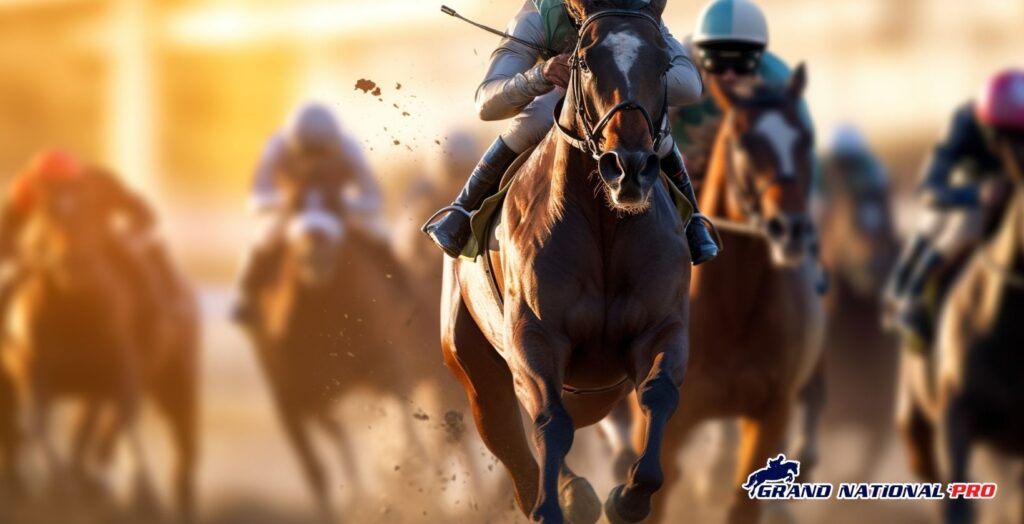When considering physically demanding sports, many overlook the world of horse racing, which presents challenges every bit as rigorous as a decathlon or marathon tennis match. The dedication required to excel as a jockey is immense, involving both physical endurance and mental fortitude.
Jockeys Navigating Immense Pressure
Each time jockeys saddle up, they carry the weight of countless expectations from fans and industry stakeholders alike. Even a small misstep can lead to widespread disappointment, much like a missed goal in a high-stakes football match.
Pressure is palpable on race days as jockeys seek the perfect balance between the ambitions of owners and trainers, and their own strategic intuitions. The heart-pounding moments leading up to and during a race require razor-sharp decision-making abilities akin to an ace pilot navigating tumultuous skies.
The Physical Demands of Racing
Jockeys are required to maintain their bodies under strict weight limits, employing rigid diets and exercise routines. This relentless pursuit of personal peak performance parallels an Olympic athlete’s journey, emphasizing the sport’s demanding nature.
The peculiar posture jockeys adopt while racing – balanced in a crouch – strains their muscles and joints, revealing just how physically taxing this sport is. Chronic pain and injuries are often companions, underscoring the physical demands jockeys endure.
Mental Resilience: The Unsung Hero
Mental acuity is crucial when racing under such high stakes. The ability to think on one’s feet, adapt strategies as situations evolve, and remain laser-focused amidst the chaotic race atmosphere is essential.
Jockeys face relentless pressure to perform, coming not just from jockey clubs and punters but also from within. This mental resilience is what transforms a skilled rider into a racing legend, enabling them to make split-second decisions and rebound swiftly from any setbacks or injuries.
Bonding with the Horse
A deep understanding and connection with their horse mark the pinnacle of a jockey’s skills. Horses vary widely in temperament and skill, and establishing a working rapport facilitates synchronized movement and performance harmony on race day.
This relationship demands more than mere acquaintance; it involves consistent interaction, training, and learning to interpret the horse’s silent signals, ensuring both jockey and steed perform seamlessly.
The High-Stakes Nature of Horse Racing
Racing at breakneck speeds on a powerful animal carries inherent risks. With each thunderous gallop, the potential for life-threatening accidents looms, making this one of the riskiest sports.
Unpredictable factors, such as a horse’s sudden reaction to stimuli or adverse track conditions, compound these dangers. Jockeys face a unique kind of occupational hazard, one where even top-tier safety equipment can offer only limited protection.
Enduring a Grueling Schedule
In an industry that rarely pauses, jockeys compete in multiple races daily, demanding continuous peak performance without the comfort of extended breaks. This intense schedule, coupled with frequent travel across tracks, tests their endurance to its limits.
The physical wear from back-to-back races and long-distance travel without recovery breaks distinguishes horse racing as one of the most arduous sports.
Ultimately, horse racing transcends traditional notions of athleticism, merging physical skill with a jockey’s ability to strategize and connect deeply with their horse. The thrills of horse racing are matched only by the challenges it presents, highlighting why it remains an enthralling arena for both participants and spectators alike.


